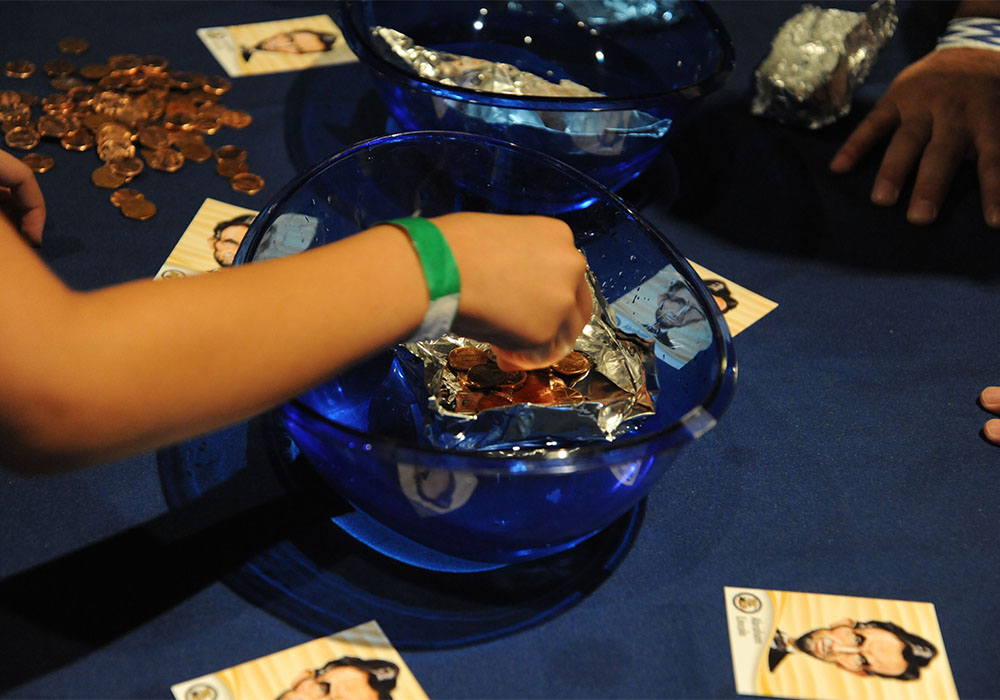
The complete APEX Science curriculum consists of eight units, each one packaged in its own Trainer’s Guide that includes four expeditions, or lessons, developed around the unit’s unique thematic focus. If you’ve never tried to “do science” with the children in your center, don’t be nervous — we’ve provided tools to help you!
- The Background Information for Activity Leaders reviews key science concepts and provides you with an idea of what you can expect your students to accomplish.
- The Data Collection Sheet templates and other supplementary materials for the expedition will help facilitate the delivery of the lessons.
- The detailed instructions included in the Activity Leader’s Guide will help you determine what materials to gather and how to set up the APEX Science Center. It also provides you with a guided script that walks you through the expedition.
- Your children will use the graphic-rich Expedition Learning Cards to explore hands-on science concepts.
The order in which you implement the units and expeditions depends on your after-school program’s needs and time constraints. You may, for example, choose to implement one unit per month, which is equivalent to one expedition per week. Or you may find that the children want to explore an expedition or unit over a longer period of time. We have organized the four expeditions for each unit in a way that allows the activity leader and the children to build on what they learn about the unit’s theme.
While APEX Science curriculum units are not sold separately, you can click on the links below to find out more about each unit.
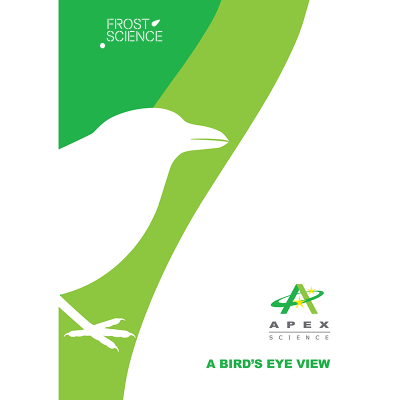
A Bird’s Eye View
Children investigate the classification of living things while exploring the physical attributes of birds.
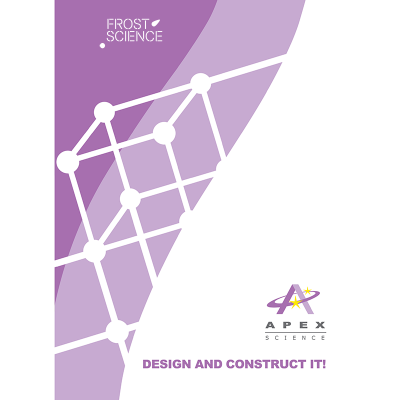
Design and Construct It!
Children use the processes for scientific habits of mind to create original inventions using recyclable materials.
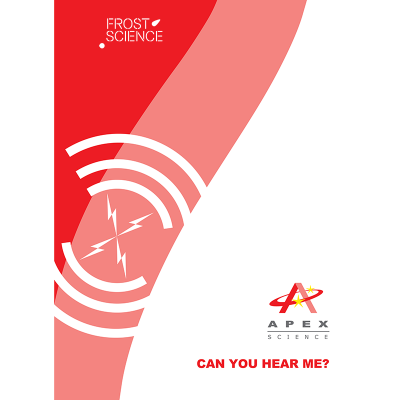
Can You Hear Me?
Children experience physics and properties of sound by experimenting with vibrations to generate sounds and by building their own musical instruments.
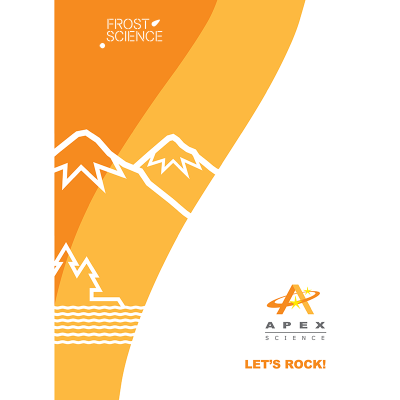
Let’s Rock!
Children examine rocks and minerals to demonstrate and recognize geological identification.
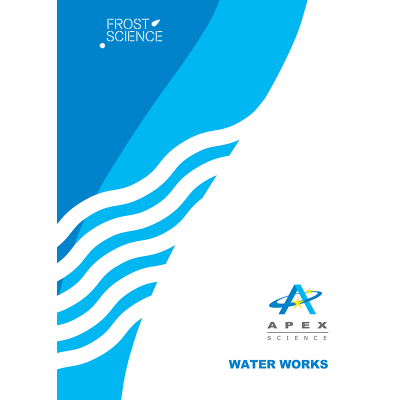
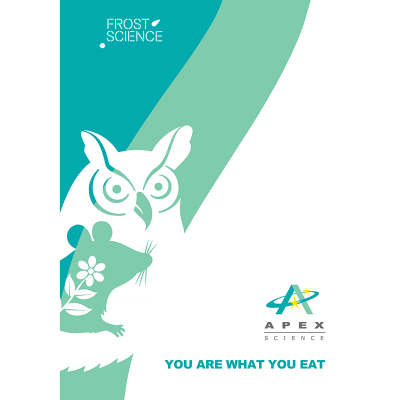
You Are What You Eat
Children trace the interdependency and cyclical nature of living things in the environment as they explore food chains and food webs.
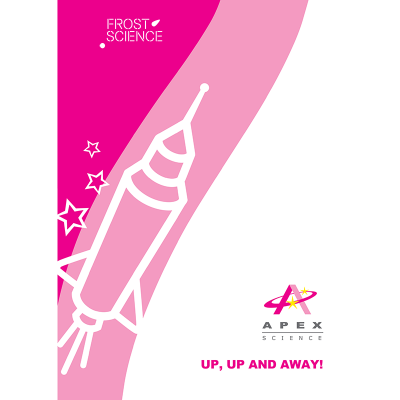
Up, Up and Away
Children explore the physical properties of air by measuring air quality, investigating air pressure and creating objects that use the properties of air to glide or fly.
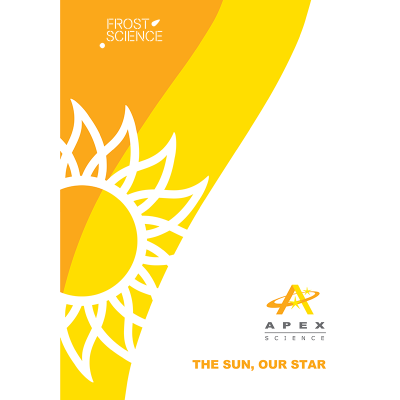
The Sun, Our Star
Children explore sunlight and solar power as a source of renewable energy.